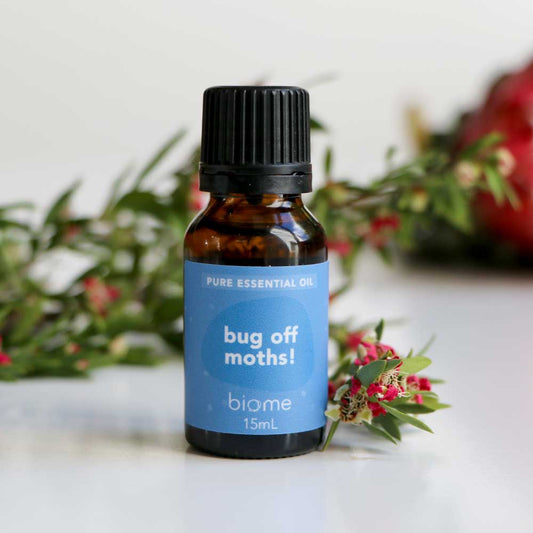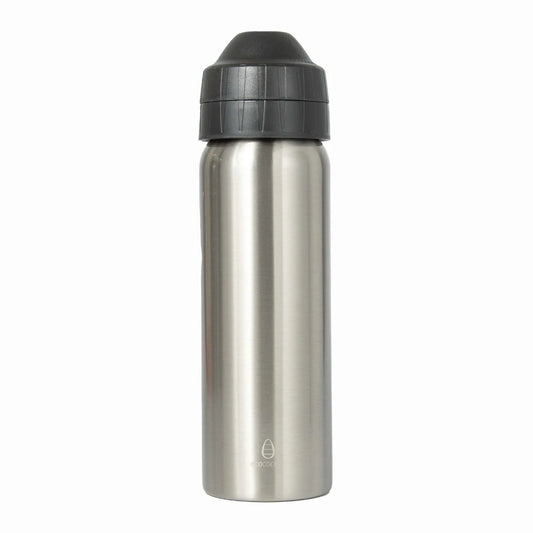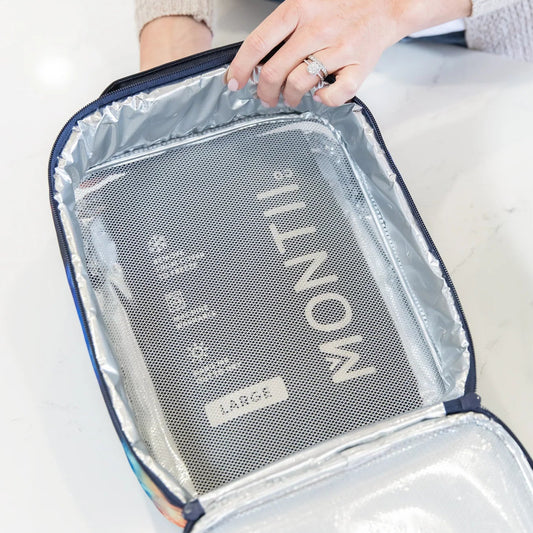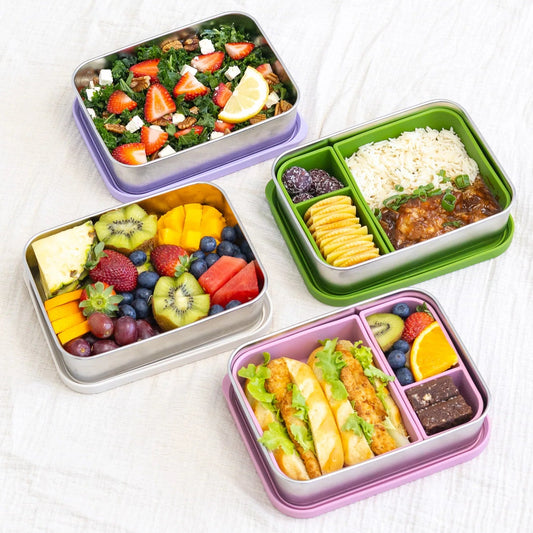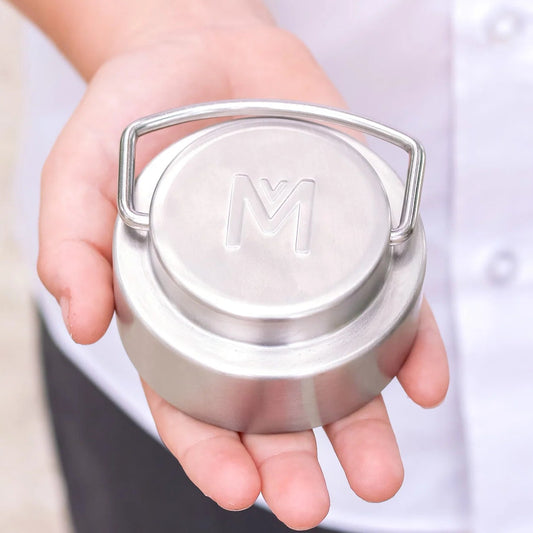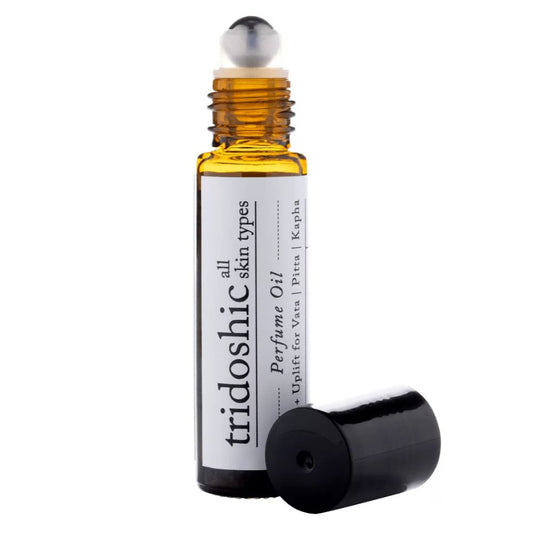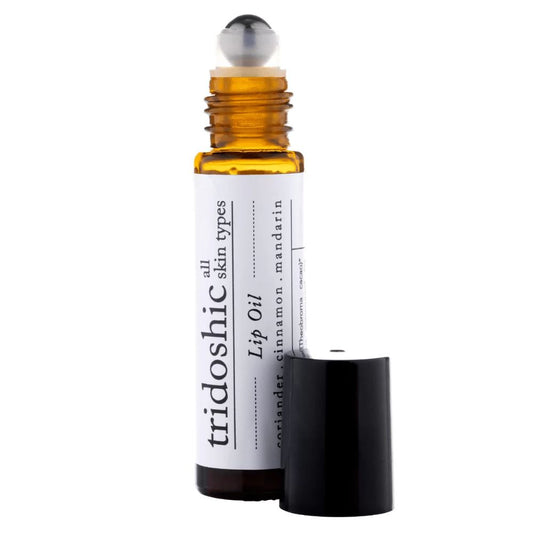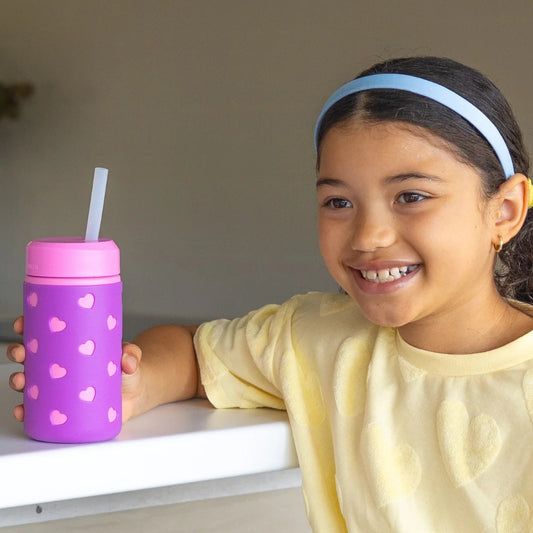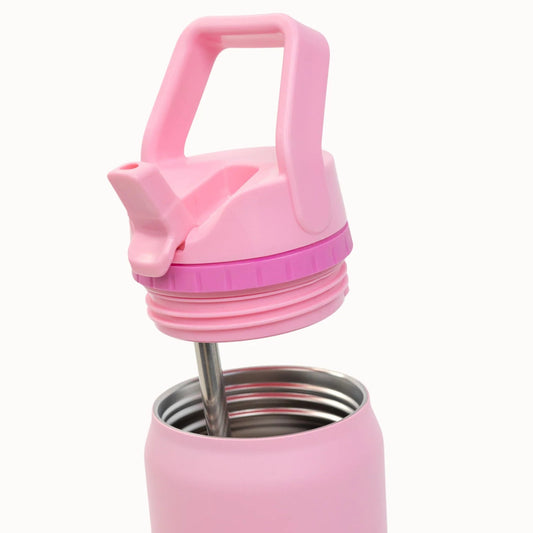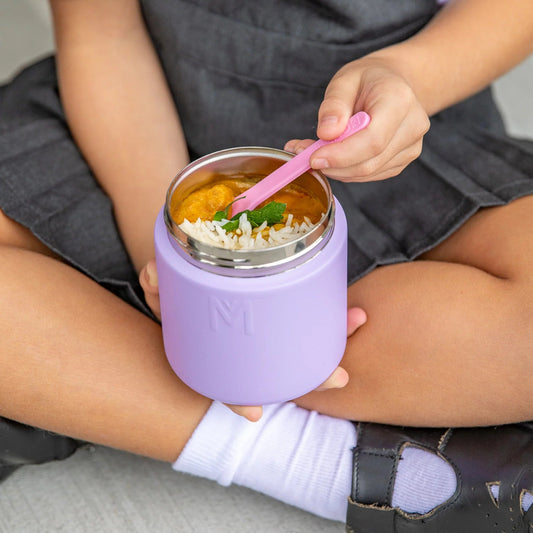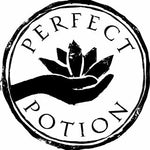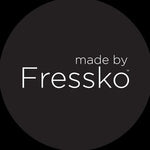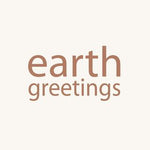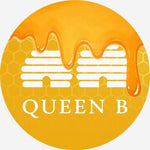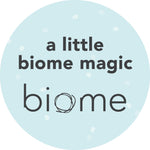
You’d be forgiven for thinking a product must be safe if it’s for sale in your country. In fact, people often say to me—"The chemicals wouldn't be allowed if they're not safe for people." And yet, here in Australia, there are many chemicals that brands are permitted to use for consumer products that have already been banned in other countries.
Moth repellents made from naphthalene are one example. Naphthalene is banned in Europe, New Zealand and China due to serious health risks. But in Australia, as long as they are housed in a child-safe plastic container they can be sold. There must be millions hanging in cupboards all over Australia slowly releasing poisonous vapour into the air around you!
If you've ever used moth balls you'll know they get smaller and smaller, eventually disappearing. Some of us are old enough to remember tossing them individually into our storage boxes and clothes, and having to replace them next season. Not to mention having to air out our clothes for days in the sun to get rid of the moth ball smell.
What are mothballs made from?
Traditional mothballs aren’t balls of herbs or essential oils. They’re solid pesticide blocks, usually made from naphthalene or paradichlorobenzene. They slowly turn directly from solid to gas, releasing fumes into your home, your wardrobe, your clothes.
Naphthalene in particular is a strong-smelling chemical made from coal tar or crude oil. It’s flammable, it’s toxic, and it’s not something you want in the air you breathe.
What’s really happening when mothballs “disappear”?
Ever noticed that mothballs shrink over time until they’re gone?
They don’t dissolve. They don’t get eaten. They evaporate—turning directly from solid to gas (a process called sublimation), right into the air you’re breathing.
Mothballs made with naphthalene work by slowly evaporating into a toxic gas. That vapour is the active ingredient—it spreads through the air and does one of two things to insects like moths:
- Repels adult moths: The strong smell of naphthalene confuses or overwhelms the moth’s sense of smell, discouraging them from laying eggs in the area.
- Kills larvae and eggs: In higher concentrations, the vapour can be lethal to moth eggs and larvae by disrupting their nervous systems and cellular functions.
But, those same vapours are also toxic to humans and pets, especially in closed spaces like wardrobes, drawers, and storage tubs.
It’s a scattergun approach: fill the air with poison and hope it gets the pest before it harms your clothes—while ignoring what it might be doing to your lungs.
Over time, this kind of exposure has been linked to headaches, nausea, dizziness—and more seriously, damage to your red blood cells and even increased cancer risk. Small kids, babies, pregnant people, and anyone with respiratory issues are particularly vulnerable.
And there’s another layer to it.
Because Australian regulations require mothballs to be sold in child-resistant containers, when the mothballs evaporate they leave behind an empty plastic container. That’s more single-use plastic adding to the plastics problem.
So not only are we polluting our air—we’re creating unnecessary plastic waste at the same time.
Why are they banned in other countries?
Health concerns. Naphthalene has been linked to:
- Cancer
- Respiratory issues
- Headaches, dizziness
- Haemolytic anaemia (especially in babies or anyone with G6PD deficiency)
This Wikipedia article has links to numerous reports regarding the health concerns around naphthalene.
It’s also been involved in child poisoning cases. The problem isn’t just touching or swallowing—just breathing it in, day after day, is enough to cause harm.
Because of those real-world consequences, the EU banned mothballs with naphthalene in 2008, and New Zealand followed in 2014. While in China the use of naphthalene for moth balls has been forbidden since way back in 1993—although it continues to manufacture them for export to naive countries like Australia!
So, why are they still being sold in Australia?
Technically, naphthalene mothballs are regulated here. They must be in child-resistant packaging with proper labels. But that regulation doesn’t cover what you buy online.
But, I was astounded to find that you could order loose naphthalene moth balls from Amazon, eBay, Temu, and even a store claiming to be organic, and have them shipped to Australia. No health warnings. No clue you’re handling a poisonous substance.

Over my 20 year journey with Biome, I've seen a lot that shocks me, but this one below from Ceylon Organic astounded me: On the front it says “100% organic protection” and natural ingredients. On the back "Free from artificial additives, preservatives and chemicals. Ingredients: Naphthalene 99.5%, Camphor 0.55%
That’s not just misleading—it’s dangerous. And it’s legal, because the laws haven’t caught up to the reality of online retail.

What are the safer options?
You can protect your clothes from moths and silverfish—without bringing toxins into your home.
At Biome, we only stock natural, safe Clothes Moth Repellents
Red Cedar Oil – A classic moth deterrent. Used to refresh cedarwood blocks or wood balls. Moths and silverfish hate the smell, but humans love it.
Bug Off Moths Essential Oil Blend – Our own blend of cedarwood, clove, lavender, lemon myrtle and sage. Smells fresh, keeps moths from laying eggs in your clothes.
These solutions don’t kill moths with poison. They work by repelling them before the damage is done. No harsh fumes, no hidden risks.
Common questions we hear
Are mothballs still legal in Australia?
Yes, but only with child-safe packaging and warning labels. What you buy online often skips those rules.
Do natural repellents really work?
Yes—especially when used consistently and placed well in drawers, pockets, and wardrobe corners.
Are “organic” mothballs with naphthalene a thing?
Technically? Yes. Realistically? No. Naphthalene is a petrochemical. If it’s in the product, it’s not organic. That label is pure greenwashing.
Related reading
What's the difference between silverfish and moths?
How to Prevent and Get Rid of Clothes Moths

